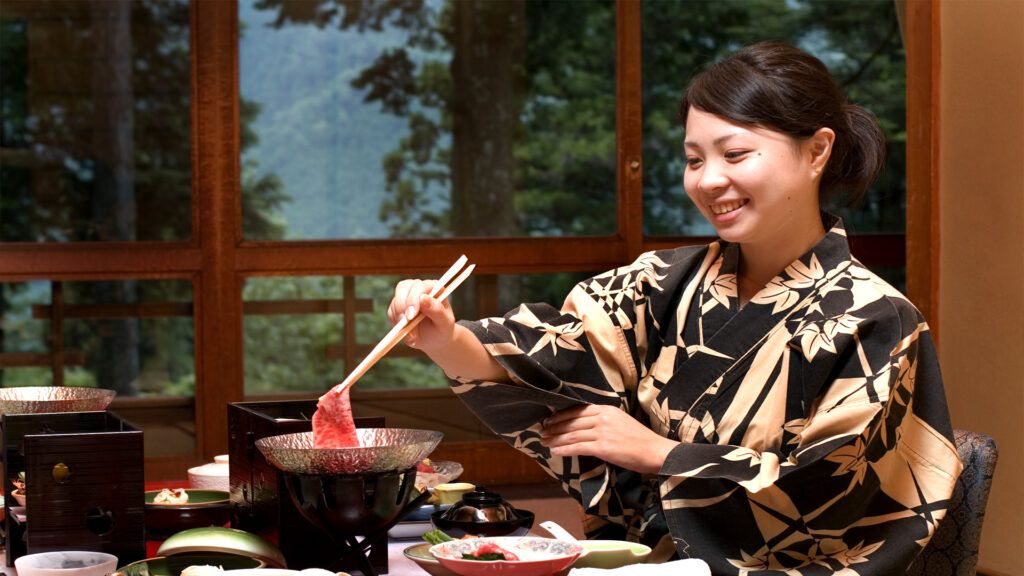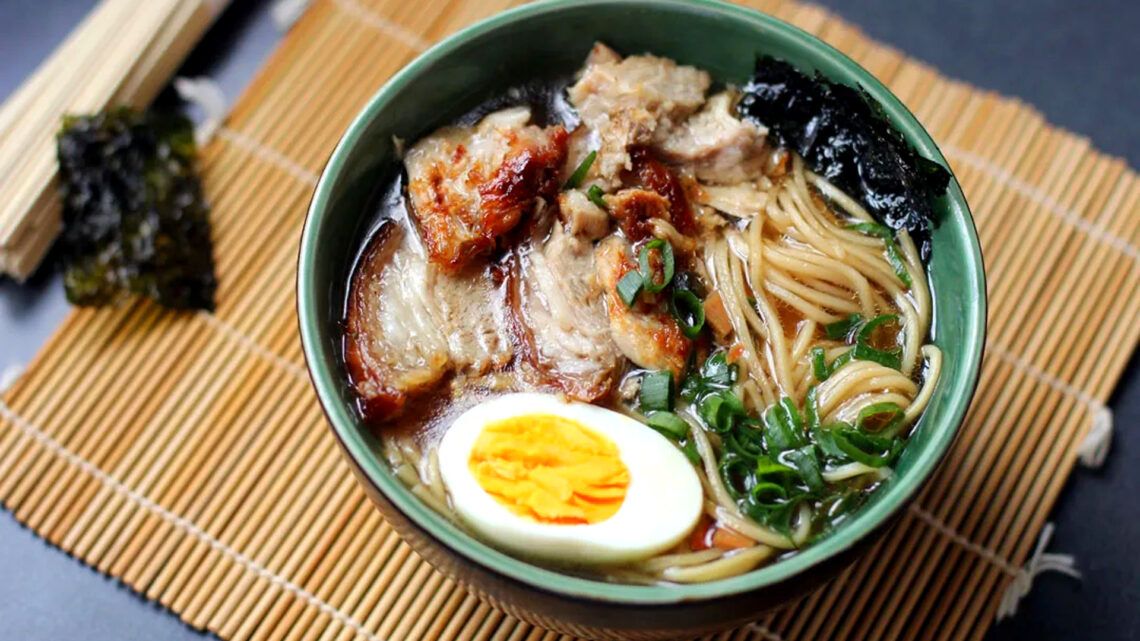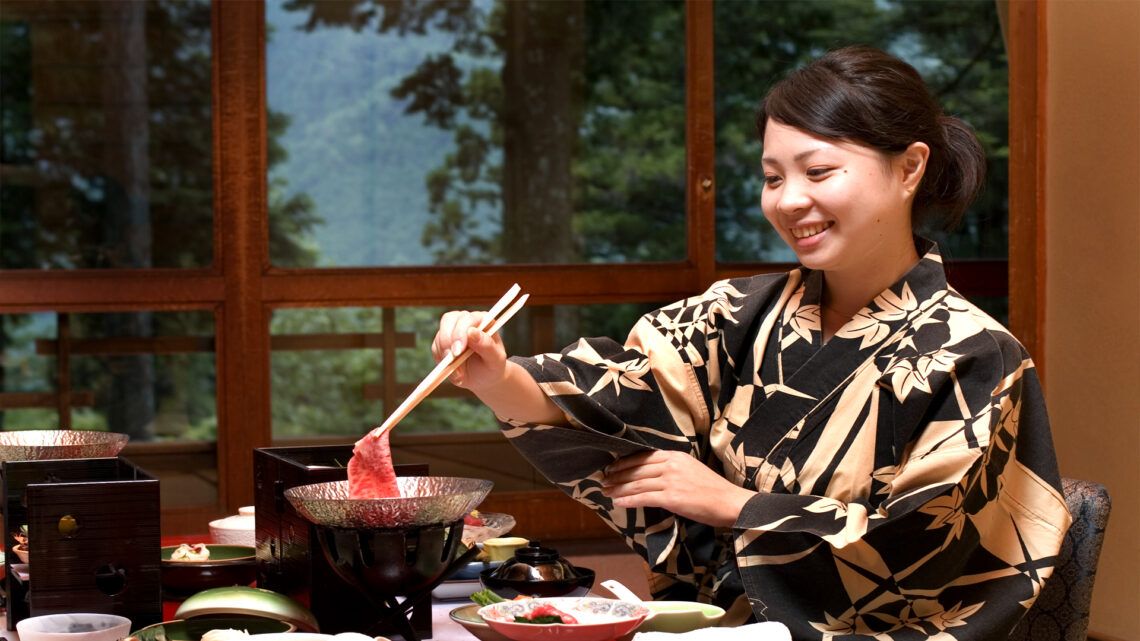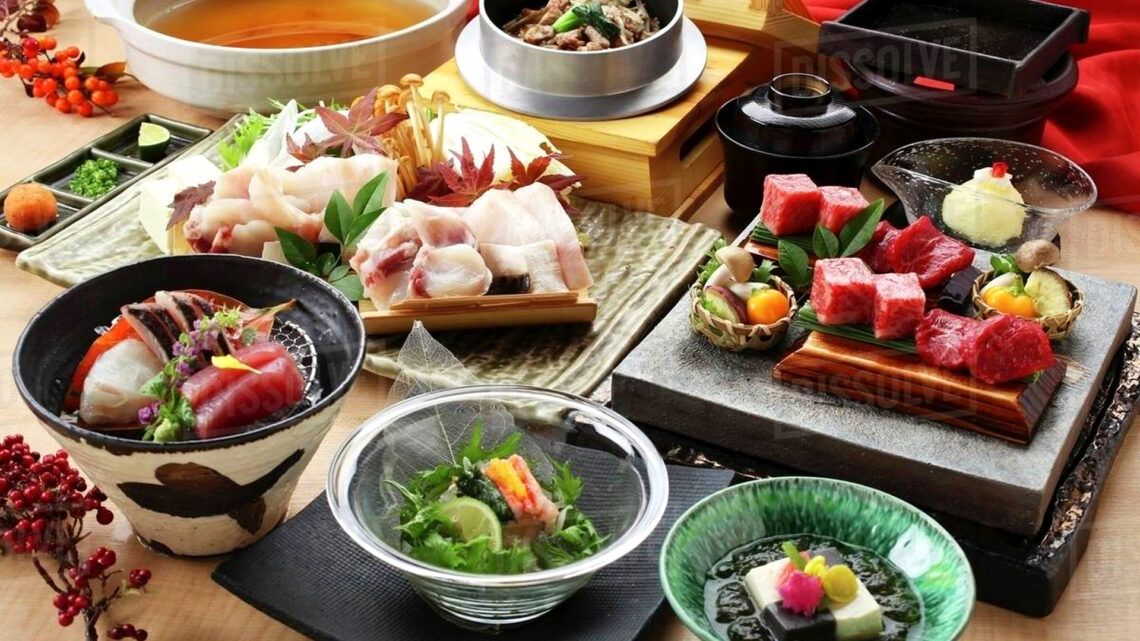
Welcome to the captivating world of Japanese table manners! Japan is known for its rich cultural heritage, and one aspect that truly exemplifies its traditions and values is the art of dining. Japanese table manners go beyond mere etiquette; they reflect a deep respect for others and the appreciation of the culinary experience. Whether you’re planning a trip to Japan or simply want to incorporate these customs into your daily life, this comprehensive guide will take you on a delightful journey of understanding and practicing Japanese table manners.
The Essence of Japanese Dining
In this chapter, we’ll delve into the underlying philosophy that shapes Japanese table manners. Japanese dining is not just about consuming food; it is an immersive experience that engages all the senses. We’ll explore the concepts of ichiju-sansai, umami, and gochisousama, understanding how they contribute to the unique dining culture of Japan.
Seating Arrangements and Etiquette
Proper seating arrangements play a crucial role in Japanese dining. From traditional low tables to modern restaurant settings, we’ll explore the various seating styles and their significance. Discover the art of seiza (sitting on the floor) and how to master the use of cushions and zaisu (floor chairs). We’ll also discuss the importance of proper posture, hand placement, and respectful gestures when sitting at the table.
Chopsticks: The Art of Ohashi
Chopsticks, or ohashi, are an integral part of Japanese table manners. We’ll uncover the history and symbolism behind these slender utensils and learn how to use them with grace and precision. From holding techniques to common do’s and don’ts, this chapter will equip you with the skills to navigate any Japanese dining experience.
Saying Itadakimasu and Gochisousama
The phrases “Itadakimasu” and “Gochisousama” are more than mere words; they express gratitude and appreciation for the food and the efforts of those who prepared it. We’ll explore the meanings behind these expressions and when and how to use them during meals. Understanding their significance will help you engage in heartfelt interactions and connect with the Japanese dining culture on a deeper level.
Sharing Is Caring: Family-Style Dining
Japanese cuisine often embraces the concept of communal dining, where dishes are shared among family and friends. In this chapter, we’ll explore the etiquette of family-style dining, including how to serve and receive food, the use of shared condiments, and the proper way to pass dishes. You’ll learn to foster a sense of togetherness and create memorable experiences through the act of sharing a meal.
Mindful Eating and Appreciating the Meal
Japanese table manners emphasize mindfulness and savoring every bite. We’ll discuss the importance of eating slowly, appreciating the flavors and textures, and engaging all the senses. Discover the art of oshibori (hot towel) etiquette and how to navigate different courses in a traditional kaiseki meal. By cultivating mindful eating habits, you can enhance your dining experiences and develop a deeper connection with the food you consume.
Navigating Japanese Food and Beverage Etiquette
Japanese cuisine is incredibly diverse, ranging from sushi and sashimi to hot pots and grilled dishes. In this chapter, we’ll explore the etiquette surrounding specific food items and beverages. From correctly eating sushi with your hands to understanding the customs of drinking sake and tea, you’ll gain insight into the nuances of Japanese food and beverage culture.
As we conclude our journey through the captivating realm of Japanese table manners, we hope you have gained a thorough understanding and appreciation for the intricate world of Japanese dining etiquette. By embracing these customs, you not only honor the rich cultural heritage of Japan but also enhance your own dining experiences, whether at home or in a Japanese restaurant.
In this guide, we have explored the essence of Japanese dining, the importance of seating arrangements, the art of using chopsticks, the meaning behind expressions like “Itadakimasu” and “Gochisousama,” the etiquette of family-style dining, the practice of mindful eating, and the customs surrounding specific food and beverages. Armed with this knowledge, you can navigate any Japanese dining situation with confidence and grace.
Remember, Japanese table manners are not about strict rules or protocols but rather about embracing a sense of harmony, respect, and gratitude. By embodying these principles, you can create meaningful connections with others, deepen your cultural understanding, and fully immerse yourself in the beautiful tapestry of Japanese cuisine.
So, the next time you sit down for a Japanese meal, take a moment to appreciate the craftsmanship and dedication that went into each dish. Enjoy the flavors, textures, and aromas as you savor each bite. And when the meal is over, express your gratitude with a heartfelt “Gochisousama” to acknowledge the efforts of those involved.
Japanese table manners are an invitation to slow down, be present, and cultivate a deeper connection with the food we consume and the people we share it with. Let these traditions inspire you to approach dining not just as a means of sustenance but as an opportunity for connection, appreciation, and celebration.
In the vast world of Japanese culture, table manners hold a special place, reflecting the values and traditions passed down through generations. As you continue your exploration of Japanese cuisine and etiquette, remember to approach it with an open mind, a curious spirit, and a willingness to embrace new experiences. Enjoy the journey, and may your encounters with Japanese table manners be filled with warmth, joy, and a deeper understanding of the beauty that lies within.



